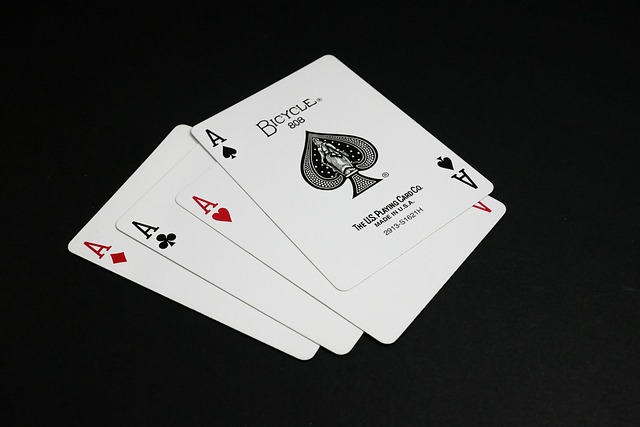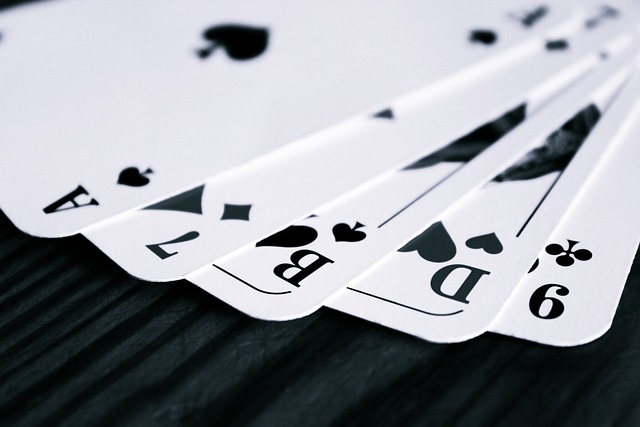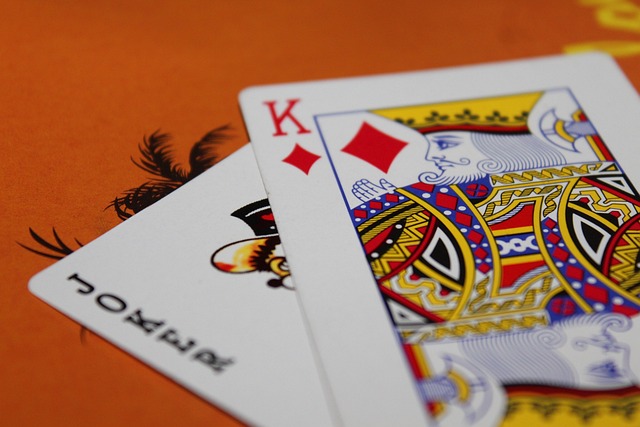Blackjack is one of the most popular casino games worldwide—and for good reason. It’s not only exciting and fast-paced but also one of the few games where players can influence the outcome using a well-defined strategy. At the core of any successful approach is basic blackjack strategy, a set of optimal decisions based on mathematical probabilities that minimizes the house edge and gives players their best chance of winning.
Rather than relying on guesswork or instinct, learning the basic strategy helps you make the right move every time, depending on your cards and the dealer’s upcard. Whether you’re playing online or at a live casino table, understanding and applying basic strategy is the first step toward consistent and smart gameplay.
Let’s break down what blackjack basic strategy is, how it works, and how you can apply it to improve your results at the table.
What Is Basic Blackjack Strategy?
Basic blackjack strategy is a set of decisions that tells you the best mathematical play for every possible hand combination. It doesn’t involve counting cards or memorizing every single possibility—it’s a logical guide to follow based on your hand and the dealer’s visible card.
The strategy is based on millions of simulated blackjack hands and is designed to reduce the house edge to as low as 0.5%, compared to several percent for players who go by instinct.
The main actions in blackjack include:
- Hit – Ask for another card
- Stand – Keep your current hand
- Double Down – Double your bet and receive only one more card
- Split – If you have two of the same cards, split them into two hands
- Surrender – Forfeit half your bet if the rules allow
Knowing when to choose each action is the key to basic strategy success.
How the Dealer’s Card Influences Your Decisions

Much of basic strategy revolves around the dealer’s upcard—the card facing the players. The dealer must play according to fixed rules (usually hitting until 17), so your decision should factor in whether the dealer is showing a strong or weak card.
- Weak dealer cards: 2 through 6
- Strong dealer cards: 7 through Ace
When the dealer shows a weak card, your goal is often to stand and let the dealer bust. When the dealer shows a strong card, you may need to hit more aggressively to avoid losing automatically if they land a high total.
For example:
- If you have 12–16 and the dealer shows 2–6, it’s usually best to stand.
- If you have 12–16 and the dealer shows 7–Ace, it’s generally better to hit.
These moves reduce your long-term losses by choosing the statistically best option in each scenario.
When to Double Down
Doubling down can be one of the most profitable moves in blackjack—if used correctly. Basic strategy outlines the best times to take advantage of this opportunity.
Examples include:
- Player has 11: Always double down unless the dealer shows an Ace.
- Player has 10: Double down if the dealer has 9 or less.
- Player has 9: Double down if the dealer shows 3 through 6.
These plays are based on your high probability of making a strong hand and the dealer’s chance of busting or ending with a weaker total.
When to Split Pairs

Splitting is another crucial part of basic strategy. It lets you turn a potentially weak hand into two stronger ones—but only if you split at the right times.
General rules:
- Always split Aces and 8s: A pair of Aces gives you two chances to make 21; a pair of 8s avoids a hard 16, one of the worst hands in blackjack.
- Never split 5s or 10s: Two 5s make a strong 10 that’s better played as one hand. A pair of 10s (total of 20) is already very strong.
- Split 2s, 3s, 6s, and 7s if the dealer shows a weak card (typically 2 through 7).
Knowing which pairs to split or keep is key to reducing risk and increasing winning chances.
How to Practice and Memorize the Strategy
You don’t need to memorize the entire strategy chart at once. Start by focusing on the most common hands and gradually expand your knowledge. Many online tools and apps allow you to practice against simulated dealers while providing feedback based on the basic strategy chart.
Some tips:
- Print a strategy chart and keep it nearby while you play online.
- Focus first on hard hands (no Aces), then move on to soft hands (hands that include an Ace).
- Practice decision-making until the choices become instinctive.
Many casinos even allow players to refer to a printed strategy card during live play.
Blackjack isn’t just a game of luck—it’s a game of calculated choices. Learning and applying basic strategy doesn’t guarantee you’ll win every hand, but it does dramatically improve your odds over time and helps you avoid costly mistakes.
Whether you’re playing for fun or aiming to gain an edge, sticking to a solid basic strategy makes blackjack one of the most player-friendly games in any casino. So the next time you take a seat at the table, make each decision count with confidence and clarity.
